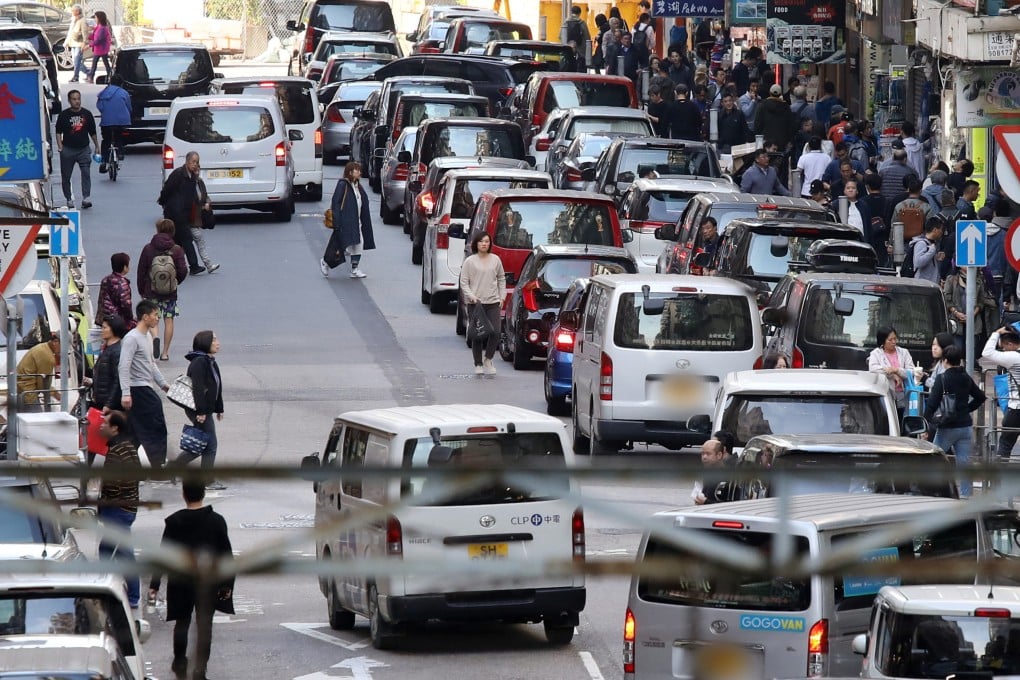Hong Kong police to deploy robots to target motorists who ignore rules, stop illegally along busy streets
- Cameras mounted on tower and connected to computer system will monitor traffic, spot offenders
- Pilot enforcement scheme using robots might begin by September, once system is fine-tuned, police source says

Hong Kong’s traffic offenders will find it harder to escape being booked when the police deploy two robots equipped with artificial intelligence (AI) technology to monitor busy city streets.
The police issued about 3.3 million fixed penalty tickets for illegal parking last year, up more than a fifth from about 2.7 million in 2020. With fines of HK$320 (US$40) per ticket generating more than HK$1 billion in revenue for the government last year alone.
Currently, officers have to be present to issue tickets at the scene, or a mobile video team has to capture evidence for tickets to be issued later. As soon as police leave, little can be done to prevent motorists from flouting the rules again.

Now the police are preparing to deploy an “Intelligence Traffic Enforcement Robot” designed by officers from the Hong Kong Island traffic unit to arrest motorists who ignore road markings and traffic signs and stop illegally, causing congestion in restricted zones.
The police regard such illegal stopping, even as part of loading and unloading vehicles, as moving traffic offences.
A police source said the robot would also look out for chauffeur-driven limousines waiting for their owners outside office blocks or eateries in Central.
Stationary vehicles have been regularly found lined up along Ice House Street, Queen Road’s Central, Chater Road, Pottinger Street and Jackson Road in Central during morning and evening peak hours and lunchtime on weekdays.